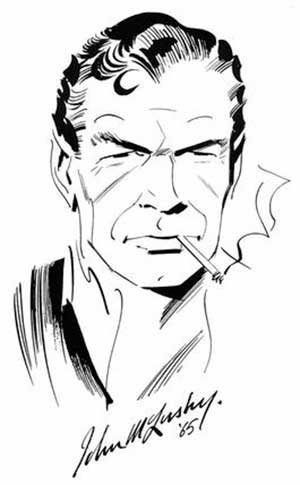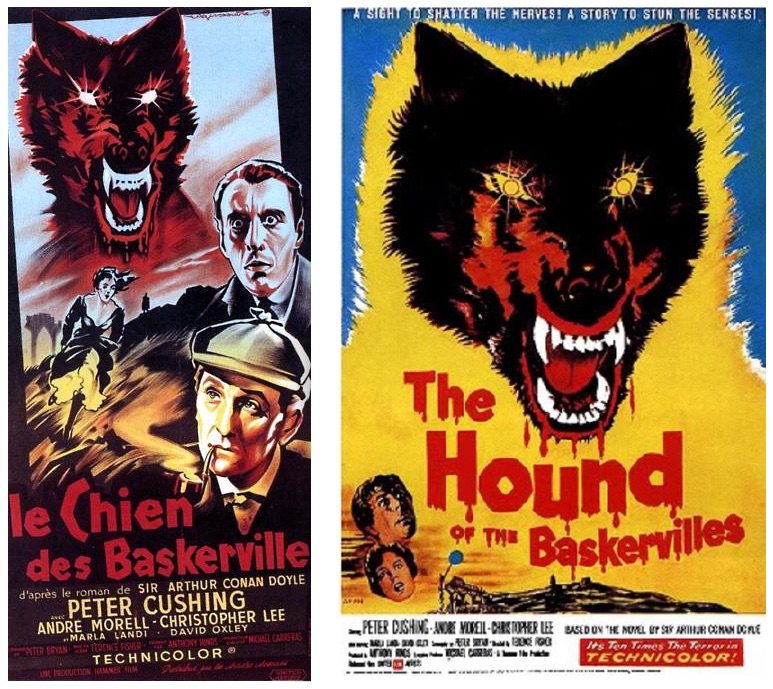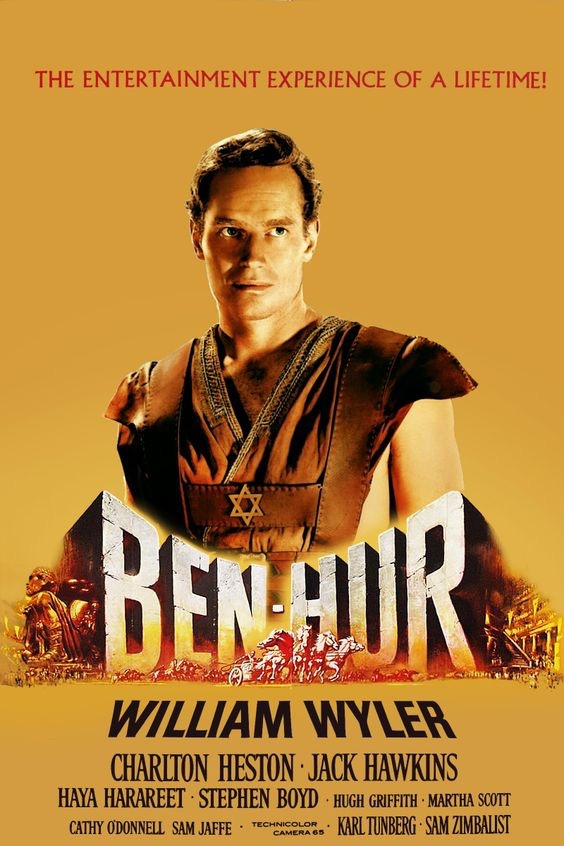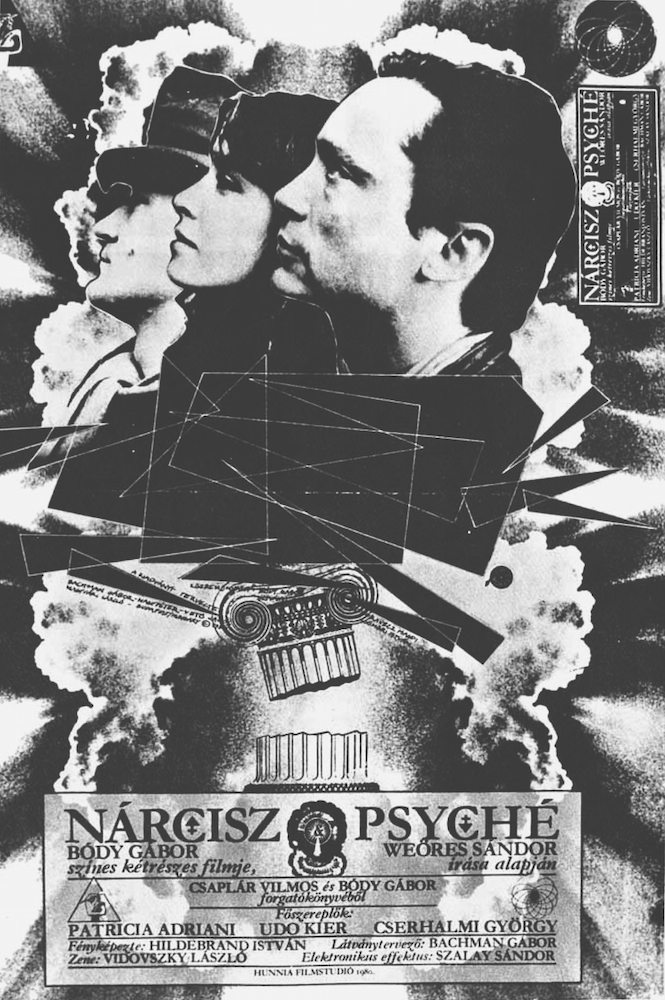
James Bond: Prime Directive (An Amazon Studios Original Film—Available Exclusively on Prime Video with Free One-Day Shipping!)
There was a time—perhaps mythical, perhaps real—when James Bond was a man of simple appetites: martinis, women, and the occasional war crime disguised as “Queen and Country.” He was a blunt instrument of empire, a wrecking ball in a tuxedo, and that was fine. That was the job. But those days are gone, rotted from the inside out, liquified in the great capitalist centrifuge.
Yes, Barbara Broccoli and Michael G. Wilson, keepers of the Bond franchise—steadfast, unwavering—have finally cashed out. Not just in the usual Hollywood sense, where dignity is a line item in the budget, but in a way that would make even Ian Fleming choke on his filtered Morland cigarette. The Broccoli-Wilson dynasty didn’t just sell Bond to Amazon. No, no. They absorbed Spectre into Amazon and handed 007 the login credentials. James Bond now works for Spectre, which now is Amazon, which is now… what? A privatized intelligence agency? A planetary-scale data hoover? A corporation with its own standing army? Hell, maybe all three. The lines have blurred so much they may as well be static.
Of course, it all makes perfect sense. If there was ever a modern incarnation of Spectre, it would be Amazon—tentacles in everything, invisible yet omnipresent, its ultimate loyalty not to any ideology but to control itself. And Bond, the eternal patriot, ever the good soldier, does what he always does: adapts to the mission. So now, instead of serving Her Majesty’s Secret Service, he answers to the unholy trinity of market analytics, surveillance capitalism, and one-click assassination authorizations.
MI6 is no more. The British government, citing cost-cutting measures and an unprecedented trade deal with a shadowy corporate entity, has privatized its entire intelligence apparatus. Enter Amazon-Spectre Global Security Solutions™ (ASGSS™), a thrilling new subsidiary handling espionage, assassinations, and same-hour drone strikes with the efficiency of an optimized supply chain. Bond villains used to be deranged industrialists hell-bent on global domination. Now? They just made payroll.
In the teaser sequence James Bond, now codename Agent Prime-007, reports directly to Jeff “Blofeld” Bezos, who strokes a genetically engineered, algorithmically perfected cat while sipping a $14 artisanal oat milk espresso from his own monopoly-controlled supply chain. Bond’s mission? To hunt down a rogue faction of MI6 purists—led by a disgruntled, furloughed M—who refuse to accept that the future of national security is a subscription-based service.
MI6’s absorption wasn’t a hostile takeover—it was a mercy killing. Spectre-Amazon didn’t need British intelligence; it already controlled more data than any government agency could dream of. But there was something quaint about MI6, a relic of the Westphalian system, a charming little espionage boutique with all its Cold War nostalgia and stiff-upper-lip theatrics. So, in an act of sheer sentimentality, Amazon-Spectre simply acquired it, much like one acquires an artisanal coffee brand or a failing newspaper. The Brits, ever the romantics, were allowed to keep their little rituals—tea at headquarters, the whole “Your Majesty’s Service” schtick—but make no mistake: every operation, every assassination, every bit of intelligence now runs through Spectre-Amazon’s cloud infrastructure. It’s service to the Crown, sure—but only as long as the Prime Membership is active.
As Bond navigates this brave new world, he finds himself questioning everything: Does he still have a license to kill, or is it now a revocable in-app purchase? Are his Aston Martin’s machine guns now merely an auto-renewable feature, locked behind a Prime Ultra Premium Subscription? And most importantly—who is really in charge when Spectre, Amazon, and the British government are all just different names on the same offshore tax document?
Of course, James Bond has always been a well-groomed billboard. For decades, he’s been shilling luxury watches, overpriced cologne, and cars most of his audience will only ever see in video games. But with Amazon-Spectre at the helm, this has been taken to its final, logical conclusion: Bond himself is now a storefront.
Every frame of Prime Directive is an interactive shopping experience. When Bond walks into a casino, a discreet ka-ching sounds, and a sleek Prime overlay pops up: “Shop the Look: Bond’s Midnight Tuxedo Collection™—FREE Same-Day Delivery with Prime.” The film’s action scenes now feature strategically timed slow-motion sequences, allowing audiences to scan on-screen QR codes for exclusive access to Bond’s tactical gear. “Want to smell like a government-sanctioned murderer? Try 007 Noir: An Amazon Exclusive.” Even Bond’s classic Walther PPK now comes in a special “Alexa-Enabled” edition, complete with voice activation—“Alexa, shoot the bad guy.”
Gadgets? Forget Q Branch. Those bespoke MI6 innovations have been replaced by Amazon Basics™ tech—cost-effective, mass-produced, and delivered in frustration-free packaging. Instead of an ejector seat, Bond’s Aston Martin now comes with Amazon AutoPilot™, powered by AWS—it doesn’t eject you when things get dicey, but it does offer exclusive in-car shopping deals when you’re in the vicinity of an Amazon Fresh. The new MI6-issued smartwatch? An Amazon Halo, tracking Bond’s stress levels, sleep patterns, and how efficiently he eliminates corporate threats.
The product placement isn’t subtle—it’s an onslaught. Bond can’t have a drink without an on-screen notification prompting “Buy the Official Vesper Martini Cocktail Kit—Available Now on Amazon Fresh” or step into a high-stakes poker game without “Shop Amazon Casino Royale: Luxury Chips & Felt Tables for Your Home.” Every fight scene features a “Click to Buy” overlay on Bond’s boots, his tie, his bloodstained shirt. Even the henchmen are monetized—each one sporting an Amazon Workwear Essentials™ tactical vest, available at a discount for Prime members.
But the real coup de grâce? Amazon’s proprietary Predictive Commerce Engine—an AI-driven feature that automatically adds Bond’s latest gear to your cart before you even realize you want it. By the time the credits roll, you’ll have a package at your door containing the very same sunglasses Bond wore while dodging drone strikes in a Dubai skyline chase.
And why wouldn’t Bond sell out completely? The man’s been whoring himself out to brands for decades. The difference now is that you don’t just watch Bond. You buy Bond.
With thrilling sequences shot entirely inside an Amazon fulfillment center—where Bond fights off disgruntled warehouse workers radicalized by too much safety training.
TEMU
Bond’s mission is clear: eliminate TEMU before it’s too late. Deep inside Jeff Bezos’ secret orbital fortress, AMAZON ONE, the High Council of Spectre-Amazon convenes for an emergency strategy meeting. It’s a sleek, sterile chamber of glass and steel, floating above Earth like the watchful eye of a retail god. Holographic charts flicker across the room, showing plummeting profit margins. The enemy is spreading. The West is losing the shopping war.
For decades, Spectre-Amazon has controlled the flow of goods, services, and intelligence with the precision of a trillion-dollar supply chain. Every consumer tracked, every purchase logged, every fleeting impulse turned into a same-day delivery. The system was perfect. But now, an outside force is disrupting the equilibrium—something sinister, something… cheap.
Like a parasitic organism creeping through cracks in the firewall, TEMU has been infiltrating the European and American markets with ruthless efficiency. It’s flooding the system with impossibly low prices, baffling shipping times, and mysterious, unlabeled packages that seem to materialize out of nowhere. “How are they doing it?” the analysts at Spectre-Amazon whisper in their data centers. “Who is funding them?”
The truth is too horrifying to say out loud: TEMU doesn’t play by the rules. It doesn’t need brand partnerships, doesn’t need infrastructure, doesn’t need permission. It operates from the shadows, an empire of disposable goods churned out by algorithmic black magic. No licensing deals, no regulations, just an unrelenting tsunami of $3 smartwatches and $5 tactical boots, undercutting every market, destabilizing economies, turning loyal Prime Members into treacherous bargain hunters.
Spectre-Amazon’s predictive models are crumbling. Warehouse workers are defecting. Prime Members—once the most loyal consumers in human history—are clicking on other apps, wandering into the depths of discount anarchy. The system is breaking down.
And so, Bond is deployed—not to kill, necessarily, but to restore order. His mission takes him deep into the heart of the chaos: grimy ports overflowing with boxes labeled in unreadable fonts, dark factories humming with a workforce that seems eerily… automated. No paper trails, no board of directors, just an unknowable entity funneling goods into the global bloodstream at speeds even Spectre-Amazon can’t match.
His orders? Destroy TEMU’s supply chain at the source. The plan is brutal, direct, and Prime-eligible for immediate execution: Bezos’ space station—outfitted with AWS Orbital Strike Capabilities™—will unleash a “targeted fulfillment disruption” on TEMU’s offshore megafactories. The operation is codenamed FREE SHIPPING, and it will be Spectre-Amazon’s largest tactical intervention since the hostile takeover of MI6. Bond suits up. His mission: infiltrate the TEMU Quantum Relay, a secret communications satellite coordinating their entire global logistics empire. If he can hack the system, Spectre-Amazon can deploy its ultimate weapon—a proprietary Cloud-Based Hyperinflation Virus that will render TEMU’s entire pricing model obsolete, forcing all their $2 sneakers to cost at least $300 overnight.
Temu isn’t a company. It’s something older, something bigger—an evolving economic virus, a self-replicating supply chain that answers to no one. Not even Beijing. It doesn’t sell things—it creates need, spinning synthetic desire out of thin air.
And for the first time in his long career, Bond faces an existential crisis. How do you kill something that doesn’t exist?
And now, it’s winning.
There’s only one solution. Total economic warfare.
THE FINAL SHOWDOWN
But TEMU won’t go down without a fight. As Bond launches toward the TEMU satellite in a Bezos-funded Blue Origin tactical shuttle, a swarm of unbranded Chinese drones intercepts him, piloted remotely from a sweatshop-turned-cyberwarfare lab in an undisclosed industrial park. The battle is on.
Zero gravity combat. Bond, floating through the void, using a laser-equipped Kindle as a makeshift weapon. TEMU’s android enforcers—cheaper, faster, entirely disposable—closing in from all sides. He kicks off a floating pallet of Amazon Basics™ stainless steel water bottles, sending them spiraling into an enemy drone, exploding on impact.
Finally, Bond reaches the TEMU Quantum Relay, a monolithic, unmarked structure orbiting 200 miles above Earth. Inside, the final boss awaits: a nameless AI CEO, a digital consciousness that is TEMU, its voice a distorted chorus of customer reviews and vague product descriptions.
TEMU AI: “Welcome, James Bond. Would you like to see similar items based on your preferences?”
Bond grips his Amazon Special Edition Omega Smartwatch™, featuring real-time stock market tracking.
BOND: “Yeah. Show me something… discontinued.”
The final showdown? A high-speed chase through a giant, AI-run shipping hub, where Bond battles TEMU’s faceless operatives—men in logo-less jumpsuits wielding discount machetes. They fight atop conveyor belts, dodging crates of knockoff Ray-Bans and suspiciously cheap Bluetooth earbuds. Bond reaches the control center, only to discover the horrifying truth:
He slams a Prime-branded EMP device onto the core processor. Sparks fly. The algorithm glitches, screaming in a thousand languages at once. A system-wide failure. TEMU’s supply chain begins collapsing in real time—factories grinding to a halt, cargo ships losing direction, warehouses turning into ghost towns of unsold products.
THE SYSTEM CRASHES. THE ECONOMY REBOOTS. AMAZON RESTORES ORDER.
EPILOGUE: THE WORLD BELONGS TO PRIME
With the mission complete, Bond returns to Earth. Western markets stabilize. Spectre-Amazon’s AI-driven commerce model reclaims its rightful dominance. Democracy, as it was meant to be, is restored.
As he sips a Nespresso Martini™ (now available exclusively on Prime), Bond reflects on what he has done. Was it justice? Was it even real? Or was he just another product, another tool in the great fulfillment warehouse of history?
He doesn’t care.
He adjusts his Amazon-Echo-integrated cufflinks, scans his Prime status, and walks off into the neon skyline, ready for the next mission.
The new James Bond Experience™ will be available exclusively on Prime Video, optimized for maximum engagement. There will be algorithmically determined chase sequences, deep-learning-generated sex appeal, and product placement so aggressive it borders on physical assault. Bond’s new gadgets? Limited to the latest Echo devices and a carbon-neutral, subscription-locked Walther PPK that requires a firmware update before firing.
“James Bond will return… pending annual revenue projections.”
Nobody will care. By all measurable metrics, this will work. The world will watch, Prime memberships will spike, and the critics will write their little think pieces about “late-stage capitalism and the death of the hero myth” while queuing up their next delivery of gluten-free snack bars and lithium-ion batteries. So, fine. Let Bond be a company man. Let him clock in, hit his quarterly objectives, and survive on corporate synergy alone. Let him wear the suit, say the lines, and pretend that anything he does still matters.


